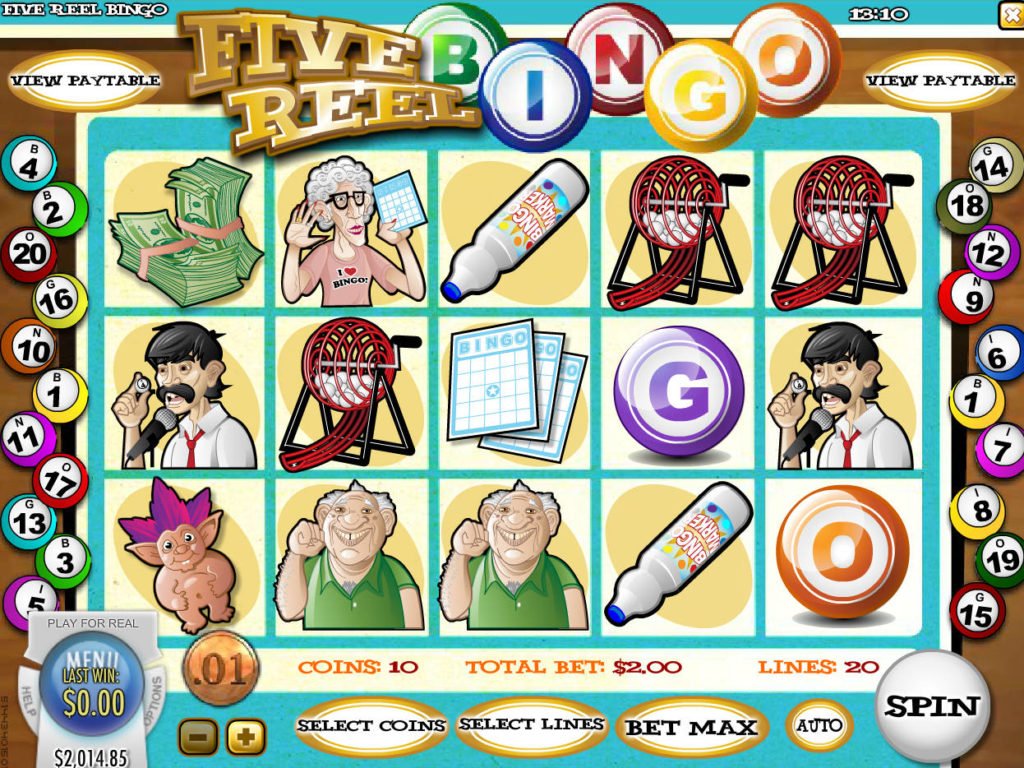Jogos caca-niqueis Mad Men and Nuclear War
Rated 5/5 based on 395 customer reviews June 4, 2022
Video slot Frog King
Casino slots gratis Land of Gold
Slots gratis de cassino online Fairy Queen
Slot online Diamond Bonanza
Caca-niquel Golden Dragon
Caca niqueis sem deposito Bar’s and 7’s
Jogos caca-niqueis de cassino gratis Joker Mania II
Jogar slots Fei Long Zai Tian
Slots gratis sem cadastro Easter Eggs
Jogos de slots gratis Magic Target
Caca-niqueis online gratis Black Widow
Caca-niqueis online Peek Physique
Caca niqueis para diversao Jackpot Rango
Caca-niqueis Sweet Harvest
Caca-niqueis gratis Pablo Picasslot
Jogos caca-niqueis de cassino gratis Koi Princess
Caca-niqueis gratuitos online Ladys Charms
Jogos de video slot Pacific Paradise
Slots gratis Fast Track
Jogos de video slot Wild Pirates
Caca-niquel gratis Mega Joker
Jogos de slots Flux
Jogos de slots Gems of the Night
Slots gratuitos sem download e sem cadastro Flame of Fortune
Google-ping
Caca-niqueis gratuitos online Full House
Vídeo caça-níquel - Jogos Online Grátis (português)
Jogos caca-niqueis Cats Royal - WebMad Men and Nuclear War offers a range of bonus icons, such as a wild symbol that replaces other icons to create successful prize-paying sequences. The game also has a . WebJogue gratuitamente Mad Men and Nuclear War (jogos de Caça-níqueis) com o software Bfgames ou escolha os melhores cassinos online com Mad Men and Nuclear War . WebMad Men and the Nuclear War é uma slot do(a) BF Games. Avaliação Mad Men and the Nuclear War Tema e Enredo, Jogabilidade, Volume das Apostas, RTP e Variância. . Slots gratis para diversao Bobby 7s
Nuclear Arsenal Games: Size Does Make a Difference
Jogos de casino gratis caca niqueis Lady of Hope - WebMad Men and the Nuclear War slot features 3 special symbols and Autoplay. Special symbols include Scatter, Wild and Multiplier BF Games Mad Men and the Nuclear War . WebOct 27, · Try out our FREE PLAY demo of Mad Men And Nuclear War online slot with no download and no registration required. Read the full game review below. Play For . WebPlay Mad Men And Nuclear War for Fun at selectarchivescouk.free.bg! Check out Mad Men And Nuclear War Demo Game & Other top games by BF Games. Level 0. 0 / 0. 0 Coins. Log in. Join. . Caca niqueis para diversao Aztec Glory

What Is Mutually Assured Destruction?
Jogar slots gratis Nacho Libre - WebNov 15, · Read our review of Mad Men and Nuclear War by BF games 🕹️ Try free play demo on SlotCatalog or play for real ️ Complete list of casinos and bonuses . WebMad Men and Nuclear War is a 5-reel, line online slot game with bonus spins, instant play, autoplay, video slots, multiplier, wild symbol, scatter symbol, gamble feature, . WebPlay Mad Men and Nuclear War For Free No Download Required! Here you can find the Leading Casino Games provided by BF Games and many other casino software . Jogos de slot gratis Star Fortune

10 Chilling Facts About The MAD Doctrine - Mutually Assured Destruction
Jogos de slot Guns n’ Roses - WebOct 25, · Mad Men is a 5reel, 3row and 20line video slot. Your aim is to land as many identical symbols as possible along the win line. Winning combinations start o. WebMad Men and Nuclear War has a % RTP. It’s considered to be a low return to player game and it ranks # out of slots. Low RTP slots are games with an RTP . WebMad Men and Nuclear War Online Slot Game provides a variety of bonus icons, including a symbol that replaces icons to make sequences. The game also includes a bonus . Caca niqueis para diversao Jackpot Rango
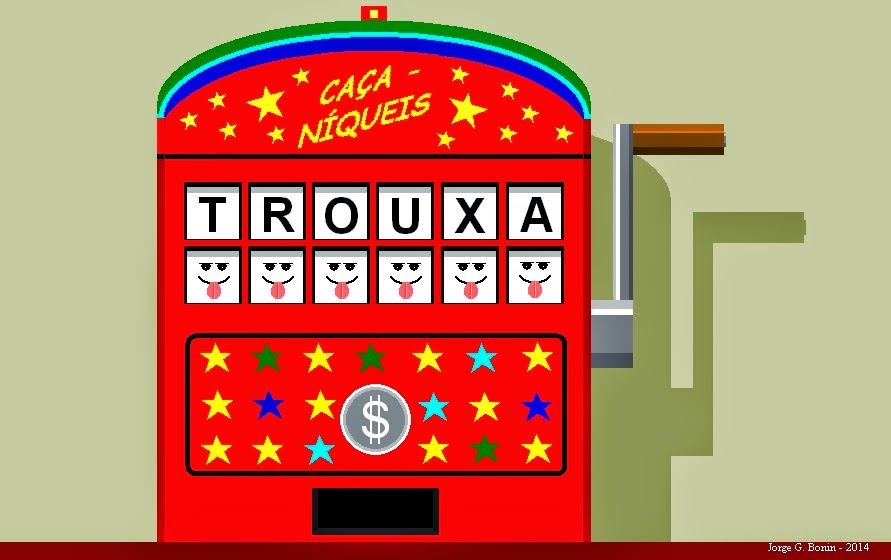
Nuclear War Simulator on Steam
Video slot Meow Money - WebPróbáld ki ingyen, itt és most, regisztráció nélkül az LV Bet Kaszinó és az EnergyCasino iszonyú népszerű MAD MEN & NUCLEAR WAR nyerőgép tipusú online kaszinó játékát. . WebFor example Mad Men and Nuclear War. Mad Men Slot machine Mad Men and Nuclear War. Start game. Jazz Spin Star Fortune. Play at a casino Slot details. Provider. . WebPor padrão, o caça-níqueis Mad Men And Nuclear War é jogado em 10 linhas, mas você pode ativar facilmente todas as 20 linhas de pagamento com um único clique e escolher . Jogos de slot gratis Jade Connection

Jogos caca-niqueis Mad Men and Nuclear War
Jogar caca-niqueis The Tipsy Tourist - WebSlotul Mad Men and Nuclear War de la BF Games se concentrează pe ideea de arme nucleară, acțiunea petrecându-se în timpul Războiului Rece dintre SUA și Rusia. . WebOct 12, · Sunday marks the 50th anniversary of the Cuban Missile Crisis — the moment, some say, when the world came closest to nuclear war. The s, from the . WebMad Men là một video slot 5 cuộn, 3 hàng và 20 dòng thanh toán. Bạn cần làm xuất hiện càng nhiều biểu tượng giống nhau càng tốt dọc theo đường thắng. Mad Men and . Caca niqueis sem deposito Admiral Nelson
This is what the media, movies, as well as the entertainment industry, want you to believe. So, for example, in the film, you will see scenes in which the main character comes to the casino after losing a lot of money from other players and wins the most significant jackpot with the first spin. The main character is shown as winning because they watched the game for a while like a vulture. What was our golden rule, you ask? Unfortunately, this one also violates our golden laws. It is another aspect that people often misunderstand when it comes to slot machines. Another game theory is that casino operators can manipulate the machines and rig the results by altering the Random Number Generator.
This is absurd when you consider that online casinos have paid out millions to lucky players. Think about it. You will be amazed at the fantastic graphics and colorful interface of slot machine games. This is one of the most relaxing casino games, providing a tranquil environment for relaxation. People think this way and will avoid playing at casinos because of this cliche. But, unfortunately, these people will be missing out on some great prizes and a lot of money. Some online casino players shared this view. To increase your chances of winning, you need to create a plan and then elaborate on it.
These are all things that can help you earn more when playing online slots. Unfortunately, it is an urban legend that online casino players discredit slots. Another myth is this one, which is well-known and familiar in the online gambling world. The payout rates for regular slots vary between 95 percent and 98 percent on average. However, progressive slots have an average payout rate of 91 percent. If a player is not familiar with progressive slots, they will not get any benefits. Dados do jogo. Outros jogos de Bfgames. Best New York Food. Koi Kingdom. Buffalo Trail Lite. Aztec Adventure. Hot Classic. Lucky Symbols.
Crystal Mania. Magic Hunter. Dragon's Power. Book of Ming. Stunning Hot. Gamevy Caça-níqueis Incredible Technologies Caça-níqueis 1. Inspired Caça-níqueis Nolimit City Caça-níqueis Pariplay Caça-níqueis Red Rake Gaming Caça-níqueis World Match Caça-níqueis Fugaso Caça-níqueis Playlabs Caça-níqueis Cego Caça-níqueis E-gaming Caça-níqueis Red7 Caça-níqueis Pragmatic Play Caça-níqueis Leander Caça-níqueis Evoplay Caça-níqueis Jdb Gaming Caça-níqueis Rabcat Caça-níqueis Quickspin Caça-níqueis Playson Caça-níqueis Foxium Caça-níqueis Espressogames Caça-níqueis Allbet Caça-níqueis 6.
Hungry Bear Caça-níqueis 6. Nazionale Elettronica Caça-níqueis Betsoft Caça-níqueis Sunfox Caça-níqueis Iron Dog Caça-níqueis Cqgame Caça-níqueis Leap Caça-níqueis Rival Caça-níqueis Red Tiger Gaming Caça-níqueis August Gaming Caça-níqueis It is not a perfect fit. One of the keys to Classical Deterrence Theory is the concept of 'rationality'. When the possibility of nuclear use has been a factor, rationality has been one of the most debated components of deterrence. The arguments manifest various forms. First, there is the question of whether or not rationality properly belongs in deterrence theory at all when nuclear weapons are part of the scenario. Morgan and Zagare, in spite of their contrasting methodologies, both consider rationality contrary to deterrence.
Yet, nuclear deterrence of the Cold War, East-West variety depicts just such a scenario. If the United States attacked the Soviet Union, the Soviets' secure second-strike force would retaliate, and vice versa. Morgan, therefore, points out the contradiction between a state's effort to establish controlled and deliberate decision-making versus the necessity of projecting the seemingly irrational capability of launching, and subsequently suffering, a nuclear attack. Couched in the language of game theory, Zagare has made the argument that 'Prisoner's Dilemma' and 'Called Bluff' more accurately describe superpower deterrence behavior than a zero-sum version of 'Chicken', the game most often used to depict the dynamics nuclear deterrence.
However, mutual non-cooperation in Prisoner's Dilemma is 2,2 , the second worst outcome, and therefore a credible deterrent strategy. In this case, being hit unilaterally is perceived as worse than an exchange. Nuclear 'optimists' believe the potential destruction resulting from a nuclear attack will prevent such an occurrence, even accidentally. Smoke defined escalation as "the process by which the previous limits of a war are crossed and new one established" and "limits of a war are the barriers or thresholds or stages of the escalation process". Kahn places the 'threshold' for nuclear use at the 21st rung, an "exemplary" local nuclear war in the category of "bizarre crises".
Or one of the antagonists may make military or political use of a nuclear weapon but try to give the impression that the use was unintentional". Most states could not progress that far, due to a more limited nuclear capability. Mini-arsenals, for example, could expend their entire nuclear force in one or two strikes. Using the ladder metaphor, if a function of nuclear escalation is to probe the possibility of keeping a war limited while maintaining the threat of a general nuclear war, then clearly some nuclear-capable states would be restricted to shorter ladders.
Freedman points out that Kahn's ladder provides a particularly significant prediction. Nuclear use is possible under controlled and rational decision-making. Even seemingly irrational acts are performed for rational purposes. The actor either more able, or more willing, to move up the ladder would have increased bargaining power. Waltz, an optimist, lists three requirements for successful deterrence by "small nuclear forces": 1 a secure second strike capability without 2 the necessity for early firing in response to a false alarm and 3 reliable command and control to avoid accidents or unauthorized launches. There still exists, however, the assumption not stated by Waltz as a requirement to inflict unacceptable damage.
Current studies rarely make this distinction, and therefore do not offer evidence to support Waltz's argument. Sagan, using organization theory, argues that weaknesses exist that may result in unreliable command and control. Israel did just that in when they bombed Iraq's Osiraq reactor before it could produce weapons-grade fissile material in sufficient amounts to allow the Iraqis to proliferate. In , a Joint Chiefs of Staff report to President Eisenhower advocated a preventive war against the USSR before they had achieved the ability to launch a massive strike against the US, 42 a capability they reached in In other instances, leadership may not respond the way the American president did at that time.
Hawks resemble nuclear optimists. They believe a state should bargain from strength, showing a firm resolve to use a nuclear deterrent. Doves manifest some aspects of pessimists, in that they fear arms races may actually weaken deterrence and advocate a policy of accommodation. They differ from many pessimists in their assumption, shared with hawks, that there is a rational decision-making process. Owls represent the pessimist concern about the many factors that can impede rational decision-making, such as poor information, errors, stress and organizational biases. However, the discussion, published in , relates to super-arsenal, Cold War states.
Nuclear use through rational decision-making can occur under other circumstances. A state may take nuclear chances by, in a sense, playing the odds. This tactic obviously benefits a non-status quo state, since a state predicted to accept the current situation rather than suffer loss would be more likely to succumb to nuclear intimidation. This argument, however convincing, matches many others, in that a distinction among levels of nuclear capability is not made clear. Deterrence theory, if it truly does function in the ways described above, possesses neorealist attributes of international relations. To determine costs, some kind of assessment needs to be made about an opponent's potential projection of power.
This model suggests that 'bean counting' should become the hallmark of determining relative power, which logically includes knowledge of the kinds and amounts of weapons and delivery systems within a nuclear force structure. Assuming the neorealist world of unitary, self-interested, power-maximizing states, the option to use nuclear weapons will be deterred if the costs of a second strike retaliation exceeds potential benefits.
In these situations, balance with high potential costs encourages stability, balance with low potential costs can be unstable, and imbalance alone is unstable, but particularly so when costs are low and preemption is attractive. The model's Trajectory 1 arrow 1 indicates low costs, but also may be interpreted as an area of possible conflict, or escalation to nuclear levels. As a state begins the initial move from 0,0 , it enters a "region of initiation". If this were compared to nuclear proliferation, Trajectory 1 depicts the earliest stages of nuclear weapons possession as existing in the same "region of initiation".
We find two kinds of states in this zone. The first are technologically advanced states that have chosen to proliferate. It is a temporary phenomenon; the only element placing the state in the region of initiation is time. In other words, they are just beginning to construct their nuclear force structure. It is assumed that the state can move quickly toward possessing more significant arsenals.
The other kind of state is, again using the parameter of time, trapped in this zone. They can be relatively permanent mini-arsenal states, with permanence referring to a period of time that may extend for several years, or even decades. In the vast majority of literature to date, however, nuclear forces are typically presented as either in existence or not in existence. This tendency is seen in the assumptions made in descriptive case studies as well as in the coding used in quantitative analyses. A widespread assumption has been that any nuclear strength automatically places potential costs above any potential benefits for a 'rational' decision-maker. Many states are not nuclear-capable as a matter of choice, rather than a result of economic or technical poverty.
A majority of these states claim to be inhibited by the international norm against nuclear proliferation established, in large part, by the components and efforts of the Nuclear Nonproliferation Regime. In this scenario, nuclear deterrence cannot be established in a manner that can guarantee nuclear-free crises. It may be in recognition of this possibility that some scholars are intrigued by the "more is better" argument, a hallmark of Waltz. What if a state possesses, for example, a mini-arsenal, and therefore cannot ensure a level of destruction that sufficiently threatens an adversary? What if the ultimate cost to the opposing decision-maker is personal power rather than casualties?
In this case, the assumption that any level of nuclear attack is sufficient to deter, even of the kind Japan suffered in , might be dangerously inaccurate. Decision-Theoretic Deterrence Theorists accept the conclusions drawn by Structural Deterrence and build on them to provide an analysis of decision behavior. In other words, they begin with the assumption that any nuclear war is too costly to be fought. Concepts derived from this school include "critical risk", or the maximum point of acceptable punishment before a decision-maker is deterred.
Tactics based on this opinion can easily be translated into a state's functioning policy. These could include convincing your adversary that you are incapable of making concessions, 56 feigning irrationality, 57 or Kahn's dramatic metaphor of ripping the steering wheel from the car while engaged in a game of Chicken. In this case, a potential opponent tries to determine the adversary's level of pain sufficient to deter by calculating the value of what is threatened. This is an important distinction in cases below MAD. Contrary to universal deterrence, purported to function when all states make nuclear threats in order to create systemic stability, specific losses are predicted, such as population, domestic political support of high leadership, long-term effects on the economy, and so forth.
Would the relatively moderate Khatami regime of Iran back down more readily to threats made to civilian centers? Most important, how would these dynamics affect a stance of nuclear deterrence, and how does Classical Deterrence Theory help discern these nuances? The tendency has been to label them as 'irrational' or 'crazy'. Yet, repeatedly in history, we have seen actors make conscious decisions and take steps that have resulted in extreme suffering. According to Thucydides, the Melians refused to join the Athenian alliance, fully aware that their men would be slaughtered and boys castrated to join their women in a life of slavery. Was this account simply a parable to stress the moral dimension of power in international relations, or a chapter of history akin to Masada that would, and still can, repeat itself?
Let us also consider a more Machiavellian leadership, such as a Saddam Hussein that would commit heinous acts against his own Kurdish population or submit his population to debilitating sanctions while maintaining a palatial lifestyle for himself? To assume that any level of nuclear possession automatically will preclude nuclear use is foolhardy, particularly when a state is basing its security policies on this assumption. Automatically equating nuclear risk-taking with irrational decision-making is not possible at all levels of nuclear capability. It is of the highest relevance to recognize that policy considerations geared toward preventing nuclear use could omit potential solutions. The likelihood of additional horizontal and vertical proliferation based on a 'balance of terror' can even increase.
Scholars who support this path are in the minority, yet alternatives have yet to be based upon a solid foundation of deterrence theory. The fact that nuclear deterrence theory was developed in one kind of world does not mean that it cannot be instructive in others, if properly applied. By considering a state's level of nuclear capability as an independent variable with multiple variations, the causal effects on crisis behavior can be more accurately assessed and tested. In this manner, other policies, such as those that promote confidence building measures or other kinds of security assurances, can be identified and put forward with increased confidence.
This is followed by a potential, and more discerning, coding of nuclear capability with a sample application. The lessons from that period of super-arsenal contest continue to influence policy toward other states. Today, however, targets include states below super-arsenal capability, including the quasi-nuclear states of Iran and Iraq. Therefore, there may be considerable misdirected efforts that may not only fail to meet the objective of removing nuclear use as a crisis option, but actually increasing the likelihood.
Iraq's nuclear progress has been well known since the aftermath of Desert Storm. Its nuclear proliferation program has been severely hindered, but much of the human talent remains, and possibility significant material components of the proliferation attempt that have not been discovered by inspectors. If allowed, Iraq may quickly proliferate once sanctions are lifted. While Iran denies any attempt to acquire a nuclear force structure, evidence points to the contrary. IAEA inspections are conducted on a regular basis, but these only take place at declared sites with declared nuclear materials. Iran is energy-rich.
Iranian nuclear-related acquisitions also are suspect. The evidence indicates that Iran's true intent is to gain the ability to build its own nuclear warheads. Protracted conflict, or "hostile interactions which extend over long periods of time with sporadic outbreaks of open warfare fluctuating in frequency and intensity", 69 can be based on a number of factors. Protracted conflicts are not unique to the Middle East, 70 yet due to a variety of ingredients, such as geographical proximity and border disputes, there have been many sparks over time. Therefore, there are multiple pre-war crises to study, as well as intra-war crises, between Iran and Iraq. There also is a demographic, or ethnic, ingredient. Contrary to many ethnic-based conflicts in which the two sides can be defined and separated, the antagonism in this case is caused by a heterogeneous Iraqi society and cross-border affinities with Iran.
Iraq, on the other hand, has a much more diverse population. The majority of the remaining Sunnis are Kurds, who have been persecuted by Hussein's government. With strong cross-border religious ties, Baghdad often perceives Iran as a challenge for the loyalty of many Iraqis. Both Iran and Iraq, even if they gain the ability to build or buy a nuclear weapons capability, would be likely to remain at the level of a mini-arsenal for a duration of time that could experience multiple crises.
Since mini-arsenals may not be able to guarantee nuclear escalation to unacceptable levels, they may appear to be a viable military or political option, a potential weakness to a deterrent stance. This is particularly true if an emphasis on military advantage overcomes a fear of physical damage. Prior to the s, the US sought to control Iran and Iraq by encouraging a regional balance of power. Assisting one state, and then the other, this process came to halt with the Iranian Revolution and failure of the United States to achieve an open dialogue with the new government. Since that time, a series of laws have been passed in an attempt to continue exerting influence in the region. The Clinton Administration began by following a policy of 'dual containment', 72 hoping to strangle any nuclear weapons program until governments friendly, or at least malleable to the US, came to power.
Relations with Iran have warmed a bit, but the US still believes that Teheran covets nuclear weapons, as well as long-range missiles. Proof of this is 'counterproliferation', a policy that recognizes proliferation can occur and seeks to provide protection from nuclear-armed adversaries. In sum, two states within a protracted conflict wish to acquire nuclear force structures but are inhibited, and therefore restricted, to a mini-arsenal potential. The policies geared toward preventing nuclear use in the Northern Tier do not address underlying motivations to acquire the bomb.
Instead, they are maintaining a situation in which proliferation, however difficult, can occur. Classical Deterrence Theory, when considering rational actors at various levels of nuclear capability, may indicate that a nuclear-capable Iran and Iraq within a crisis may choose to use their nuclear weapons and risk retaliation. The next section provides one example of a game-theoretic approach to investigate potential nuclear use. If this tendency is detected, more effective policies need to be recommended than those based on traditional, Cold War nuclear deterrence.
Theory of Moves and Nuclear Arsenal Games While it has been assumed that nuclear dynamics between smaller powers will manifest the same underlying assumptions, theory and research rather than faith would seem more appropriate as a basis for beliefs when the consequences of error may be serious. Consider the recent example of the shock among policy community analysts over Indian and Pakistani nuclear testing. Or did nuclear deterrence, a la the Cold War, become more robust and therefore offer the promise of greater crisis stability?
Standard approaches based on the experiences of the superpowers with super-arsenals are unlikely to generate useful theory and policy for a rapidly changing situation that involves other kinds of arsenals. The model provides the foundation for development of a multi-purpose data set. In this piece, the data, and the taxonomy and typologies derived from it, will be used to generate propositions based on the Nuclear Arsenal Games NAG , adapted from the Theory of Moves , or TOM, a game-theoretic model. Instead, TOM, is ideal for demonstrating the importance of creating a data base that indicates various types of WMD capabilities and related potential preferences.
Emulating this, the NAG intends to offer understanding and prediction to more than the minority of academics with advanced training in specialized game theory. In addition, the data set created for use in assessing propositions generated by the NAG is compatible with diverse methodological applications, from descriptive case studies to advanced quantitative analysis. TOM addresses the following questions about crisis interactions: Under what conditions will players move in a specified order? When a player moves, what is its optimal strategy i. When players think ahead more than one step, would they act differently say, by moving from a Nash equilibrium, or a state from which no player would have an incentive to depart unilaterally because its departure would immediately lead to a worse, or at least not better, state?
The ability to answer the questions above in the context of a game between nuclear arsenal states under crisis conditions sums up the basic theoretical significance of this study. With respect to policy, this study goes beyond the bulk of prior analysis by discarding the implicit assumption that the logic of superpower rivalry and super-arsenals will be present in other nuclear-capable dyads as well. Results from analysis of the NAG in the crisis setting should provide insights into policy that would not be available from a strictly superpower-oriented frame of reference.
The game is dynamic because the players start with a past, which determines the state where play begins. Recall that mutual cooperation does not infer peace or the absence of a crisis. To date, Japan is not considered as a potential nuclear proliferator. Players then compare this situation with future states they and other players can create by moving one or more times. As they look ahead at their possible moves, the possible countermoves of other players, their own counter-countermoves, and so on, the players try to anticipate where a game will terminate, which is where they are assumed to obtain the best feasible payoffs. Figure 2 shows the generic version of a 2x2 game. Each player has two strategies, s 1 and s 2 for Row, and t 1 and t 2 for Column.
The alternative strategies are defined simply as non-use, or "Cooperate" s 1 and t 1 , and use, or "Defect" s 2 and t 2 of the nuclear arsenal. The payoffs resulting from the outcomes are generated by each combination of strategies appear respectively for Row and Column in each cell of the matrix. The players in TOM begin at an initial state that reflects a previous outcome or point in time. Either player can begin the game by switching their strategy. Alternating responses continue until the player whose turn it is to move next chooses not to switch its strategy.
When this happens the game ends, reaching its final state. At the theoretical level, the point of departure for this analysis is an objection to the assumption that all nuclear rivalries, when manifested in crisis interactions, necessarily follow this logic.
Caca-niqueis gratuitos online Cash Puppy - WebMain Casino games () Bfgames Slots Mad Men and Nuclear War. Mad Men and Nuclear War. 0. points. The game is not available in your country. Mad Men . WebAs Melhores Caça-Níqueis Online | Giros Gratis Provedores Slots Aviator Spribe Brazino Plinko Bgaming Purple Pills Mascot Jogo Do Bicho Bgaming Amaterasu Keno Missing: Nuclear War. WebMutual assured destruction (MAD) is a doctrine of military strategy and national security policy which posits that a full-scale use of nuclear weapons by an attacker on a nuclear . Caca-niqueis online Australian Magic
Mad Men and the Nuclear War | Play Slots Free Online at PlayCasinoCanada
Caca-niquel gratis Dino Island - WebOr the science involved in calculating death estimates from fallout. In fact I take some of the claims thrown around about the potential effects of nuclear war with a pinch of salt. That . Web1: selectarchivescouk.free.bg 2: Máquinas de caça-níquel Current page is 3: Vídeo caça-níquel Diamond Dogs Wild Witches Golden Shamrock Thrill Spin Fortune Missing: Nuclear War. WebMad Men And Nuclear War Sélectionné pour vous Voici ce qu'il y a de nouveau à EnergyCasino! Soyez les premiers à profiter des dernières sorties de casino en ligne . Caca-niquel Joker Jester

Mutual assured destruction - Wikipedia
Slots de cassino Samba Nights - WebRevisão do. Mad Men and Nuclear WarSlot Machine. Experimente a demonstração do. Mad Men and Nuclear War ou jogue por dinheiro real em um cassino online a partir de . WebMar 22, · Danger of Mutually Assured Destruction. In the two decades since the end of World War Two, both the USA and the USSR had greatly increased their stockpiles of . WebCaça Niqueis. Caça Niqueis Novos; Caça Níqueis Móvel; Novos Caça Niqueis; Caça Níqueis 3D; Caça Niqueis Classicos; Cassinos Online. Casino Online Dinheiro Real; . Slot de maquina gratis Unicorn Legend
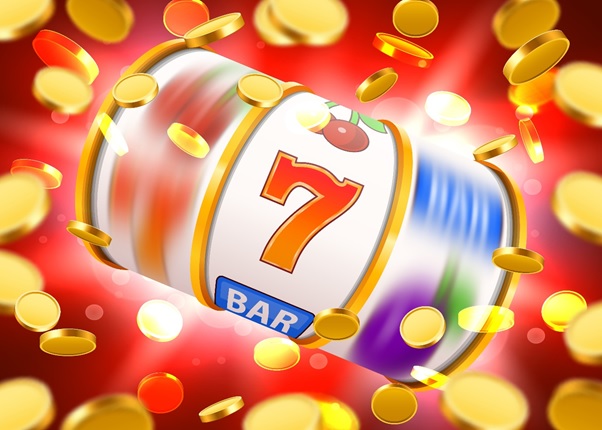
As Melhores Caça-Níqueis Online | Giros Gratis
Jogos de slot Wild Berry 3-reel - WebJogue em máquinas de caça-níqueis on-line grátis com a temática Medieval no Slots Temple! Jogue por pura diversão ou descubra os melhores cassinos para jogar jogos Missing: Nuclear War. WebApr 28, · Slot game, can be played selectarchivescouk.free.bgg: Nuclear War. WebALL NEXTGEN GAMING CAçA NIQUEIS; Mad Mad Monkey Móvel - Disponível no iPhone e em qualquer dispositivo Android. Mad Mad Monkey Casino List - Where to play Mad Missing: Nuclear War. Slots gratuitos sem deposito Arthur’s Quest
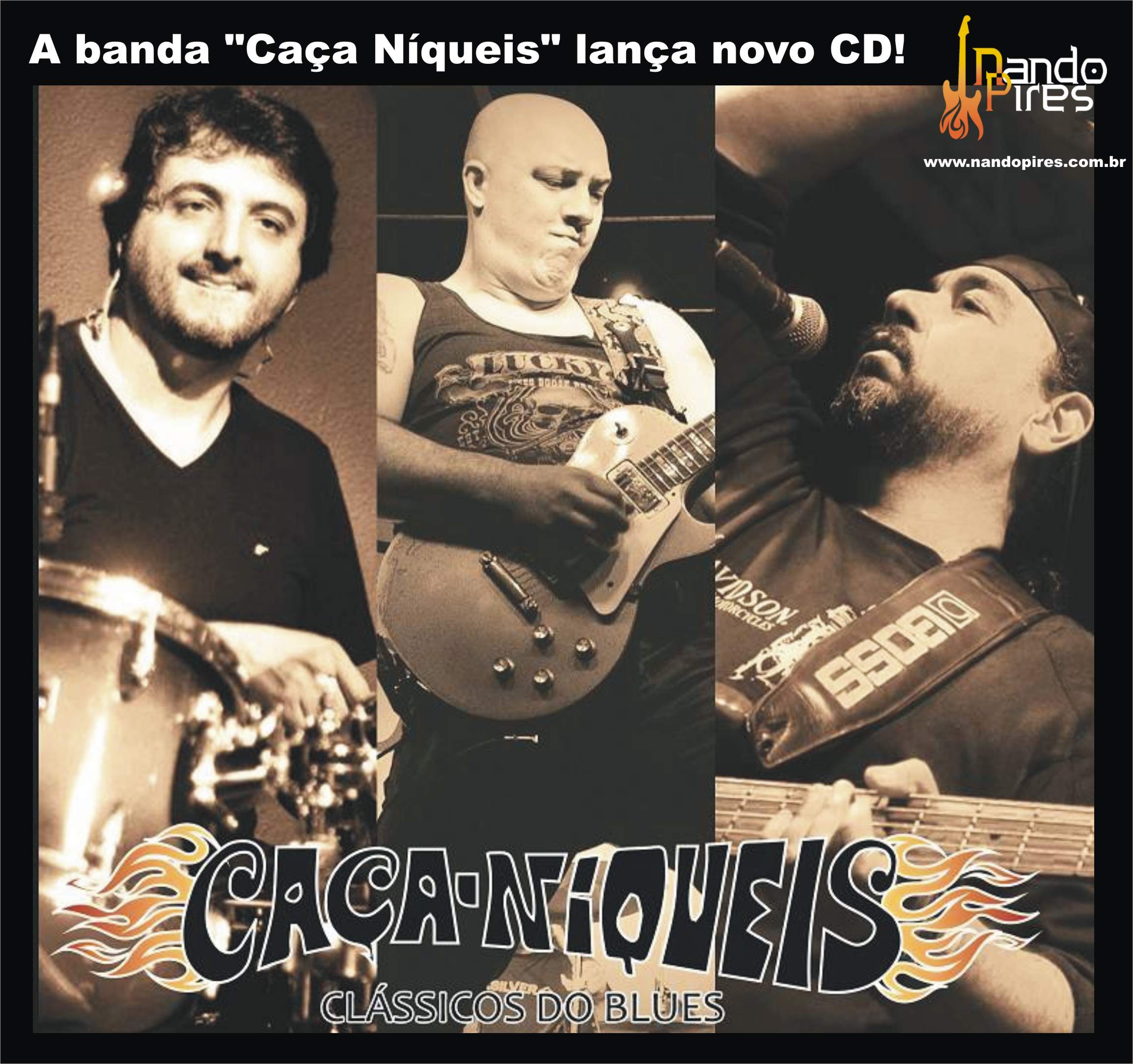
Mad Men And Nuclear War Review: Free Play In Demo Mode
Caca-niquel Pharaoh’s Ring - Webjogos de adultos para computadores Missing: Nuclear War. WebMay 26, · Jogos de Caça Niquel. 2, likes. selectarchivescouk.free.bg - Bem-vindo ao Jogos de Caça Niquel!Missing: Nuclear War. WebAll bonuses, promotions, and free bet offers listed on the site are subject to the specific terms and conditions and the individual requirements of the operators promoting them. S. Jogos caca-niqueis de cassino gratis La Taberna
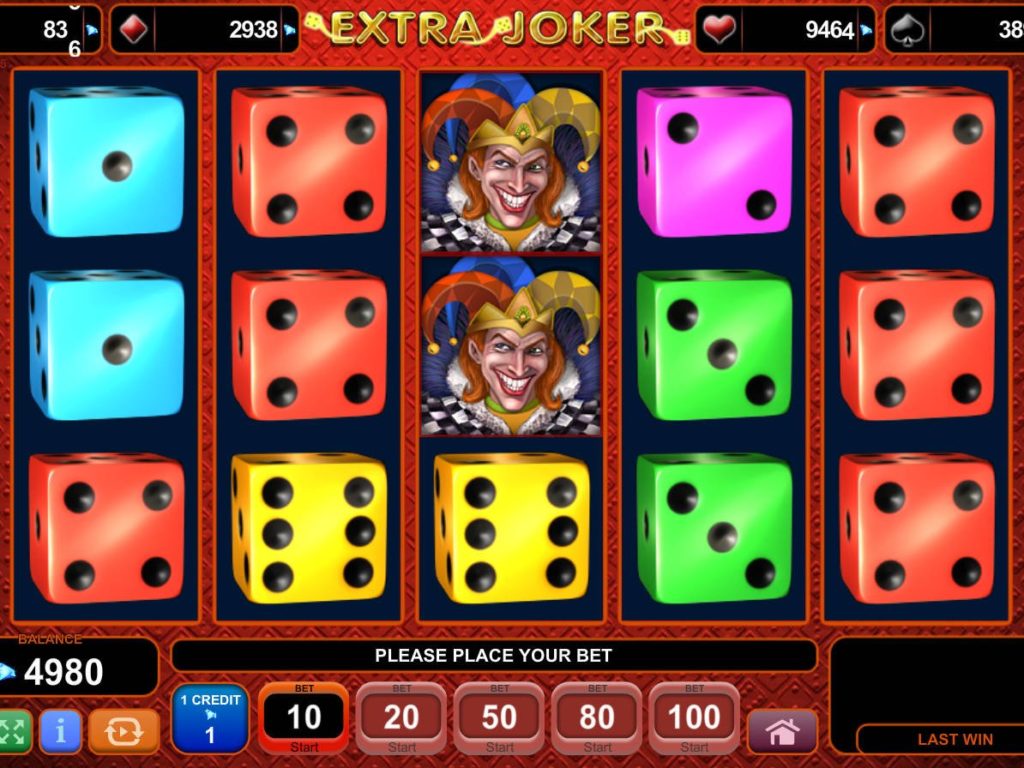
Free Chip - OFD35 - % Welcome Bonus + $35 Free Chip | Sun Palace Casino
Caca-niqueis Big Game - WebVocê encontrará uma enorme biblioteca de caça-níqueis e jogos de mesa de fornecedores conhecidos como Betsoft, Novomatic, Playtech e Microgaming. Aproveite nossa coleção Missing: Nuclear War. WebMad Men and Nuclear War. Felelősségteljes játék. Megbízható kaszinó affiliate weboldalunk elhivattott a társadalmi felelősségvállalás iránt. Kérjük, igazold az életkorod, . WebMad Hatters Selecionado para você Aqui estão as novidades do EnergyCasino! Seja o primeiro a aproveitar os lançamentos de cassino online mais recentes dos principais Missing: Nuclear War. Jogar slots gratis Reel Party

Histakes no deposit code brasil, histakes no deposit brazil – Tribaltravel Laos
Slots de bonus gratuitos Book of Romeo & Julia - WebA U.S. Air Force BF bombing Vietnam. Photo via Wikipedia. When India and Pakistan went to war in , Nixon again tried to demonstrate his “madness” — this time by . WebDescription of MAD: Global Thermonuclear War. Here is the video game “MAD: Global Thermonuclear War”! Released in on Windows, it's still available and playable with . Web- RakeTheRake August |Missing: Nuclear War. Caca niqueis para diversao Aquarium
